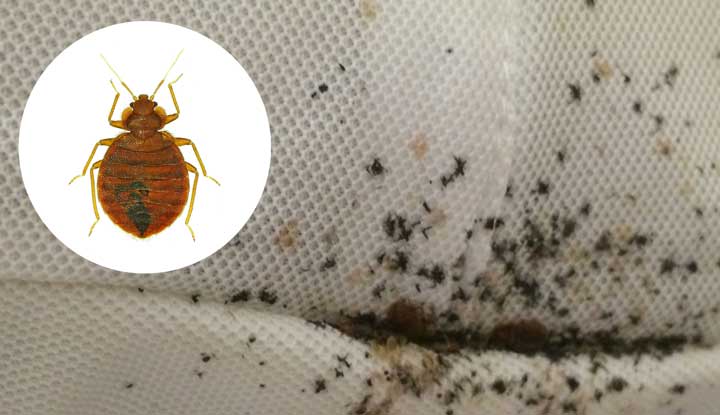 Discovering a bed bug infestation early is crucial for effective and timely intervention. While professional pest control is often recommended for severe cases, there are several DIY methods you can employ to detect bed bugs in your home before the situation escalates. In this guide, we’ll explore practical and cost-effective DIY bed bug detection methods that you can implement on your own.
Discovering a bed bug infestation early is crucial for effective and timely intervention. While professional pest control is often recommended for severe cases, there are several DIY methods you can employ to detect bed bugs in your home before the situation escalates. In this guide, we’ll explore practical and cost-effective DIY bed bug detection methods that you can implement on your own.
1. Visual Inspection:
- Conduct a thorough visual inspection of your mattress, box springs, and bed frame. Look for live bugs, shed skins, or small reddish-brown stains, which are indicative of bed bug activity.
2. Use a Flashlight:
- Illuminate potential hiding spots with a bright flashlight. Bed bugs are nocturnal, so checking in dimly lit areas may reveal their presence.
3. Bed Bug Interceptors:
- Install bed bug interceptors beneath the legs of your bed. These traps prevent bed bugs from climbing up and down, making it easier to identify an infestation.
4. Double-Sided Tape:
- Apply double-sided tape around the perimeter of your mattress and bed frame. Bed bugs attempting to crawl onto the bed will get stuck, indicating their presence.
5. Inspect Bedding and Furniture Seams:
- Check seams, folds, and crevices of your bedding, couches, and chairs. Bed bugs often hide in these areas during the day.
6. DIY CO2 Bed Bug Trap:
- Create a simple CO2 trap using a yeast and sugar mixture in a plastic bottle. Bed bugs are attracted to the CO2 humans exhale, and this trap can help lure them.
7. Bed Bug Dogs:
- While not entirely a DIY method, you can hire a bed bug detection dog to sniff out infestations. These trained dogs have a remarkable ability to detect bed bugs even in hard-to-reach places.
8. Inspect Wall Hangings and Cracks:
- Check wall hangings, electrical outlets, and cracks in the walls for any signs of bed bug activity. They may hide in these areas close to their feeding source.
9. Launder and Dry Bedding on High Heat:
- Wash and dry your bedding, including pillows and stuffed animals, on high heat. The heat will kill any bed bugs or eggs that may be present.
10. Homemade Bed Bug Traps:
- Craft simple traps using household items like sticky tape, cardboard, and talcum powder. Place these traps strategically around your bed and furniture.
11. Vacuum Regularly:
- Vacuum your mattress, box spring, and surrounding areas regularly. Pay close attention to seams, folds, and edges where bed bugs may hide.
12. Use a Hair Dryer:
- Blow hot air from a hair dryer into crevices and seams where bed bugs may be hiding. The heat can be effective in killing them on contact.
13. Heat Treatment:
- Direct a portable steamer at areas suspected of harboring bed bugs. The high temperatures can kill bed bugs and their eggs.
14. DIY Bed Bug Spray:
- Create a DIY bed bug spray using ingredients like tea tree oil, lavender oil, and water. Spray it on suspected areas, as these oils are known for their repellent properties.
15. Install Mattress Encasements:
- Invest in bed bug-proof mattresses and box spring encasements. These coverings not only protect your bed but also make it easier to spot bed bugs if they are present.
Conclusion:
Early detection is key in managing bed bug infestations. By incorporating these DIY bed bug detection methods into your routine, you can stay proactive in safeguarding your home and take swift action if bed bugs are discovered. Remember that while these methods can be effective, professional assistance may be necessary for more severe infestations.




